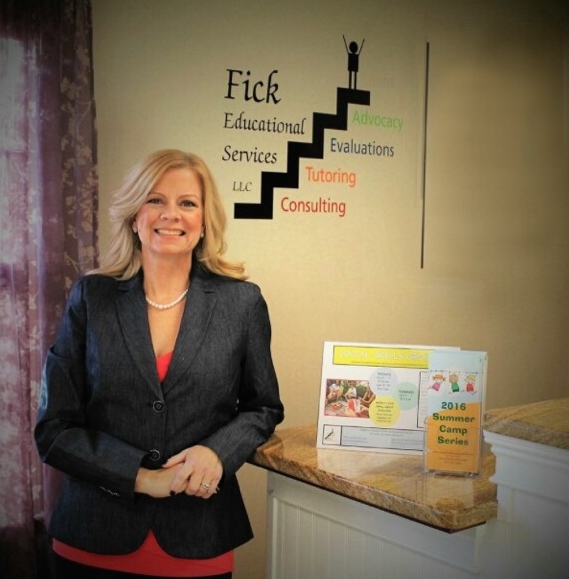For children with speech impediments, effective communication is vital to their learning. Some people may believe that, because speech is affected in children with speech impediments, that means they cannot learn. This is not true at all, and there are special devices created with their communication in mind! Two of these devices are called Alternative and Augmentative Communication (AAC) and Speech Generating Devices (SGD). To better understand how these devices work, we should break down the myths and facts behind them.
- One of the many myths surrounding AACs and SGDs is that young children are not ready for them. It is believed that young children in early intervention aren’t ready for these communication devices, and won’t need them until then enter school. However, this couldn’t be further from the truth. Intervention for children with Autism Spectrum Disorder, who are of school-age and minimally verbal, showed an increased spontaneous output and use of new utterances with the use of an AAC/SGD. Introducing children to AACs and SGDs earlier on can help build a strong foundation for their communicational development.
- Another myth surrounding AACs and SGDs is that they will hinder one’s natural language and speech development. Some people feel that introduction of AACs and SGDs to an individual will reduce motivation to improve upon their natural speech and language development, including their development of social communication skills. However, research affirms otherwise. It has been proven that the use of AACs and SGDs actually increases one’s reception in vocabulary. The frequency of behaviors related to frustration or communication breakdowns can decrease with the use of AACs/SGDs, ultimately improving one’s natural speech.
- A third myth about AACs and SGDs is that they should only be used after one’s natural speech is ruled out. Some people feel that students should only be given access to AACs and SGDs once their ability to use natural speech is no longer an option. However, this approach is flawed. Children ages 3 and under have shown a significant increase in their development of grammar and vocabulary, with the use of AACs/SGDs. Early implementation of these devices is very beneficial in young children’s development of natural speech and language.
- A fourth myth surrounding AACs and SGDs is that students should know cause and effect prior to using them. Some people believe it’s crucial for students to have the skill of understanding cause and effect before considering use of AACs and SGDs. However, this is a misconception. Not all students will be able to rationalize a cause and effect scenario, and their ability to measure communicative cognitive ability may not be developed yet. In fact, developing one’s language skills can lead to improved social and functional communication skills, and increased IQs.
- Lastly, students must demonstrate a communicative intent prior to using AACs and SGDs. Not only is this a myth, but a limiting belief. If demonstration of communicative intent was required prior to using AACs and SGDs, those who have cognitive deficits would not be able to learn to use them. However, we know that AACs and SGDs do not hinder a student’s motivation to use natural speech. These communicative devices help create a foundation for literacy development.
It’s imperative to know the myths and facts of AACs and SGDs with relation to a student’s learning. Not only do they greatly help those with speech impediments, but they create a pathway for their natural language and speech development later on! Implementing use of these devices with those who need them will significantly improve their cognitive abilities, despite what the myths may claim.
Photo by Uyen Nguyen: https://www.pexels.com/photo/old-fashioned-public-telephones-20017107/

 Fick Educational Services is devoted to the educational needs of the children through individualized learning plans, tutoring and advocacy.
Fick Educational Services is devoted to the educational needs of the children through individualized learning plans, tutoring and advocacy.

